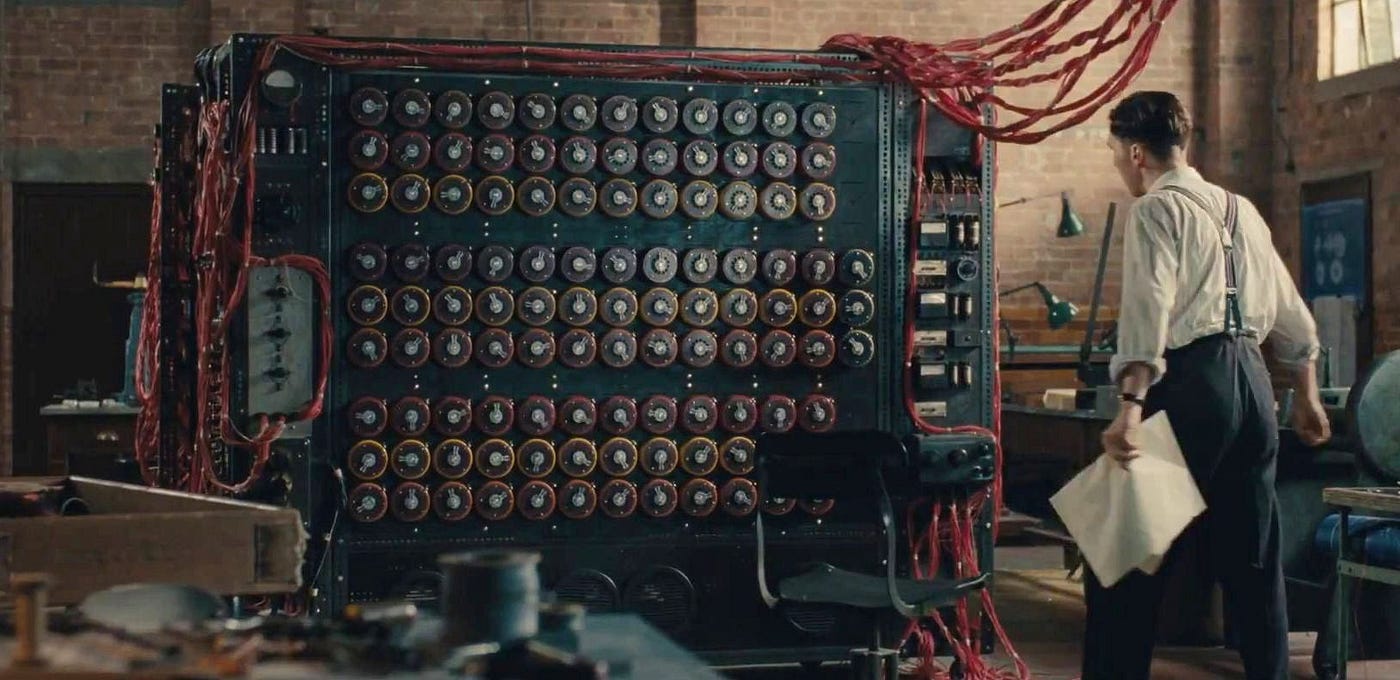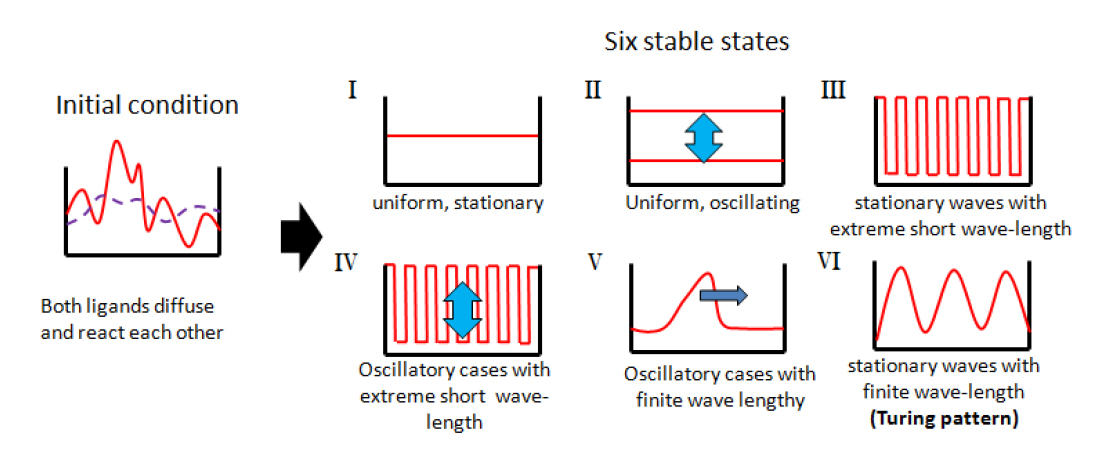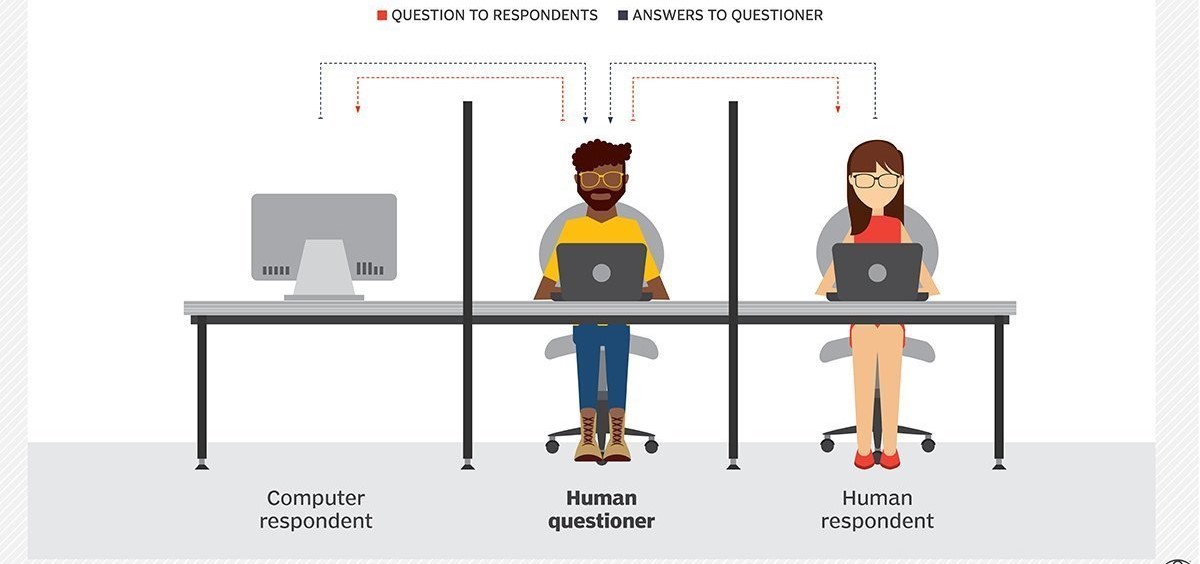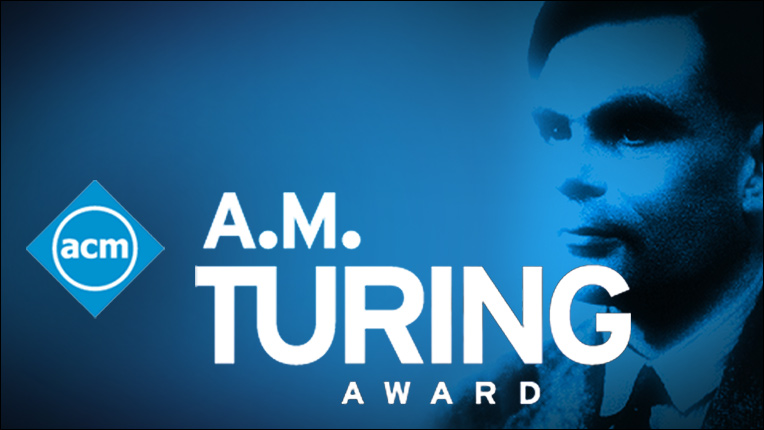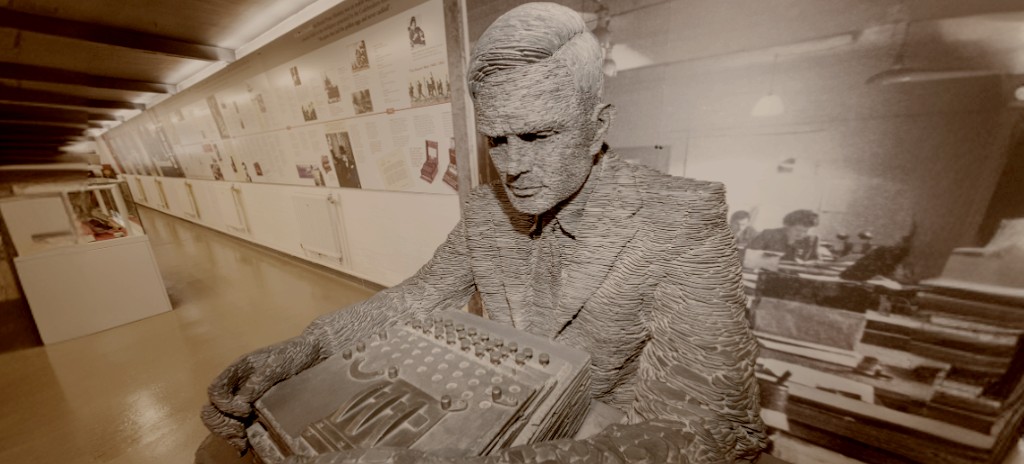Alan Mathison Turing was an English mathematician, computer scientist, logician, cryptanalyst, philosopher and theoretical biologist.
Turing was highly influential in the development of theoretical computer science, providing a formalisation of the concepts of algorithm and computation with the Turing machine, which is a model of a general-purpose computer. He is considered to be the father of theoretical computer science and artificial intelligence.
Born in Maida Vale, London, Turing was raised in southern England. He graduated from King's College, Cambridge, with a degree in mathematics. Whilst he was a fellow at Cambridge, he published a proof demonstrating that some purely mathematical yes-no questions can never be answered by computation.
He defined a Turing machine and proved that the halting problem for Turing machines is undecidable. In 1938, he earned his PhD from the Department of Mathematics at Princeton University.
During the Second World War, Turing worked for the Government Code and Cypher School at Bletchley Park, Britain's codebreaking centre that produced Ultra intelligence. For a time he led Hut 8, the section that was responsible for German naval cryptanalysis.


